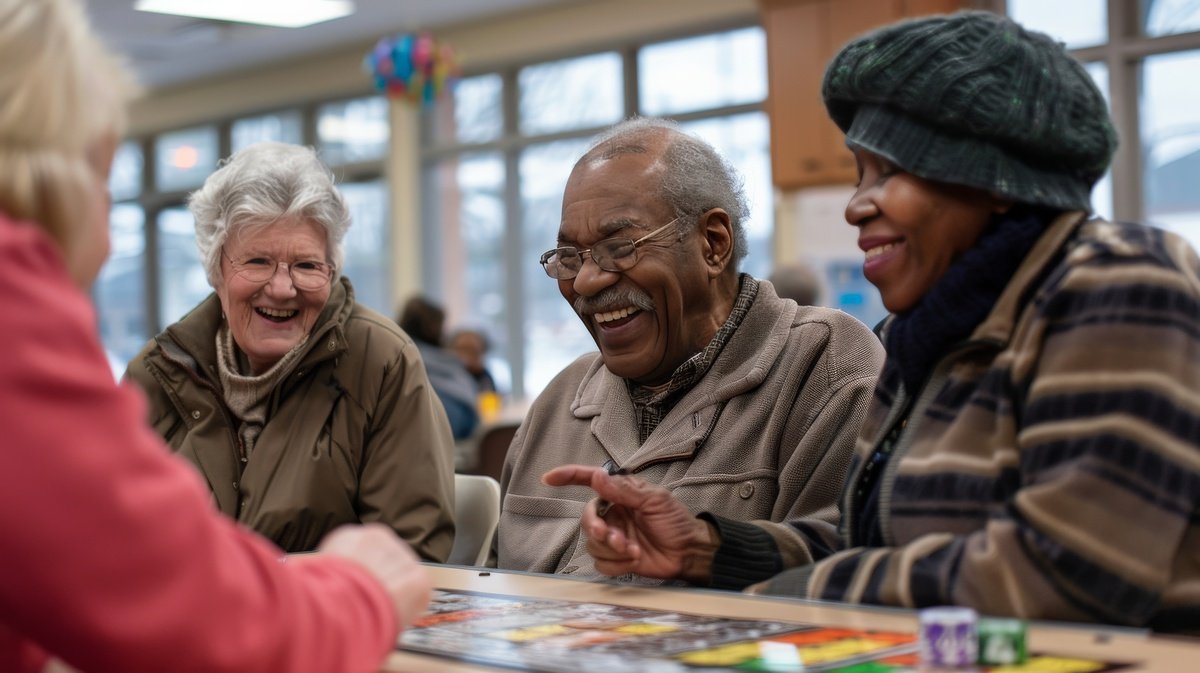The term Creative Aging is not referring to the increasing creative care options the ageing industry is offering to those lucky enough to be able to afford them. Creative Aging refers to a movement based on the work of Gene D. Cohen, MD, PhD, founder of The Center on Aging, Health & Humanities (The Center) at The George Washington University in 1994 and pioneer in the field of gerontology long before the field formally existed.
He spent his life researching how our brains age and how and what to do with that knowledge. What he discovered changed the way research is conducted on aging and opened the world to discovering that ageing is not about waiting to die but is and should be a rich and rewarding phase in living a worthwhile life.
Research has long acknowledged that Creativity is inherent in everyone.
The first learning tool we have upon birth is our imaginations and it is the last present at death.
We have no memories at birth. We use our imaginations to process the vast input of sensory data offered in our environments and eventually our brains develop a means of organizing that data. Thus, is born…memory. Prior to Dr. Cohen it was believed that as we age we lose our memory and therefore the capacity to relate to our world in any tangible way; AND, that this loss is irreversible.
It is true that our brain loses neurons throughout life; however, studies have shown that it is not the number of neurons that determines intellectual capacity, but rather the connections between neurons.
These connections are known as dendrites. These tiny branches of the neurons grow and develop when the brain is exposed to a rich, stimulating environment. Studies have shown that between our early 50s and late 70s, the number and length of dendrites actually increases.
So what does this mean?
It means that between stimulating our imaginations and immersing ourselves in a rich and stimulating environment we have the capacity to remain engaged in our world until we die.
With this knowledge in hand, in 2001 Dr. Cohen conducted the first longitudinal multiyear study to evaluate the effects of participating in cultural programs on older adults’ mental health, general health, overall functioning, and sense of well-being. The programs involved a range of art disciplines, including painting, pottery, dance, music, poetry, and drama, as well as material culture and oral histories presented in a creative context.
The Cliffs Notes version of his results: the study demonstrated that arts participants had better health, fewer doctor visits, less medication usage, and increased activities and social engagement. Numerous studies throughout the following decades have replicated and validated Dr. Cohen’s results.
Well, we know what we didn’t know before. What do we do about it? In my next blog I will begin to offer ideas on how to exercise the creativity that exists in each of us.
As Dr. Cohen wrote: “Imagination is stronger than memory. Creative activity is like chocolate for the Brain.” Yum!
Pauline Daniels, MFA, ACC, CTP, CADDCT, COTP
Senior Care Manager



